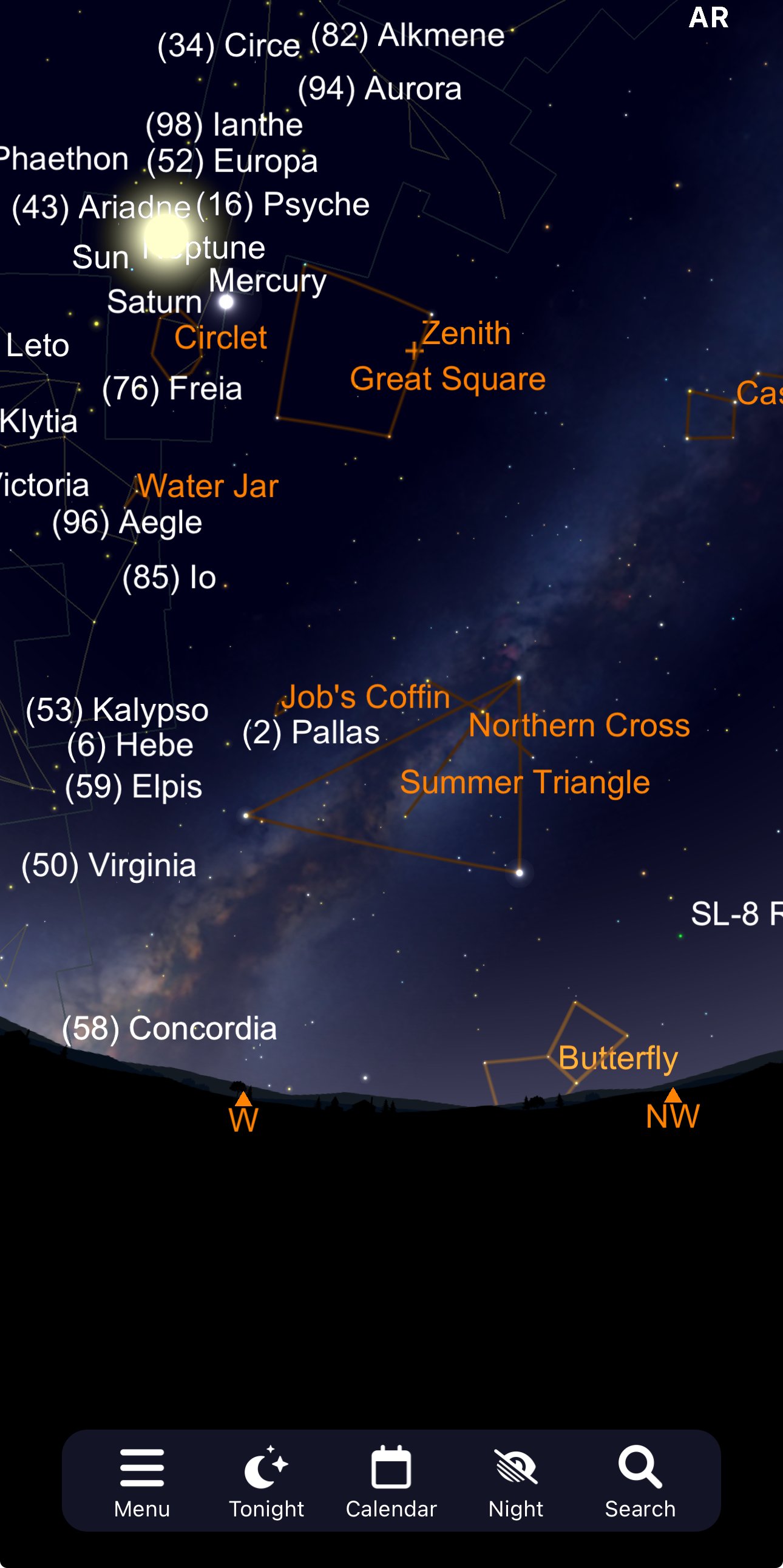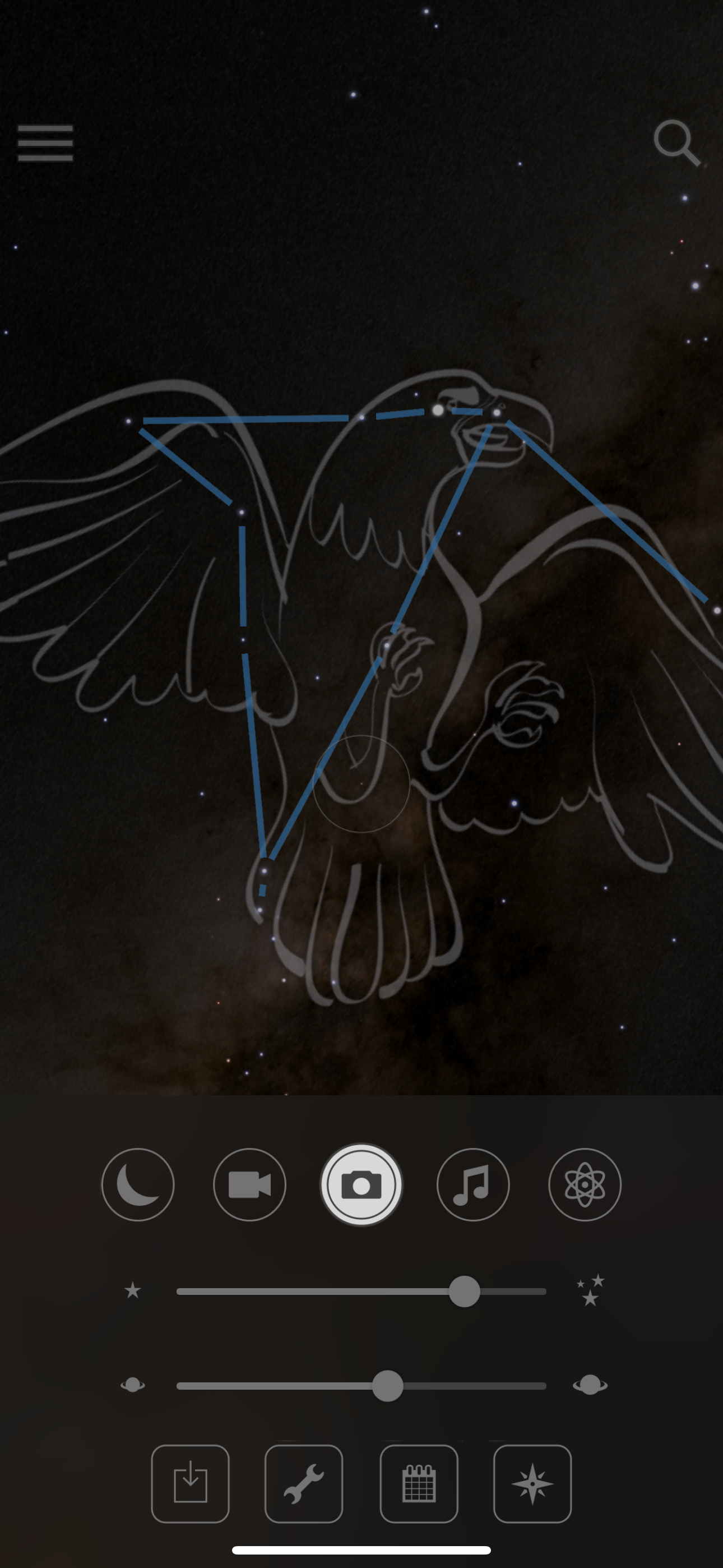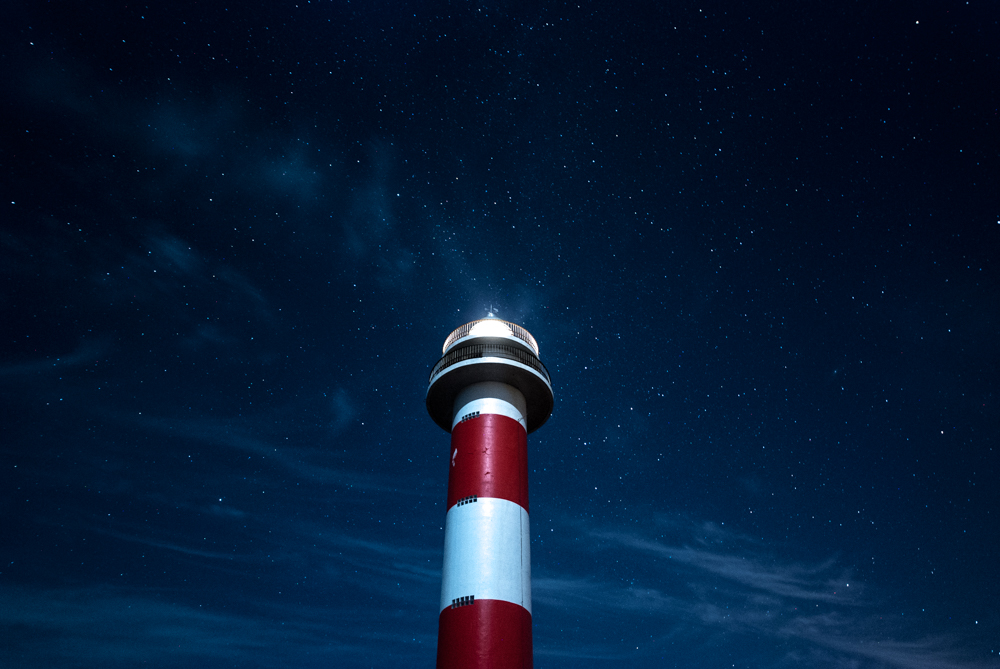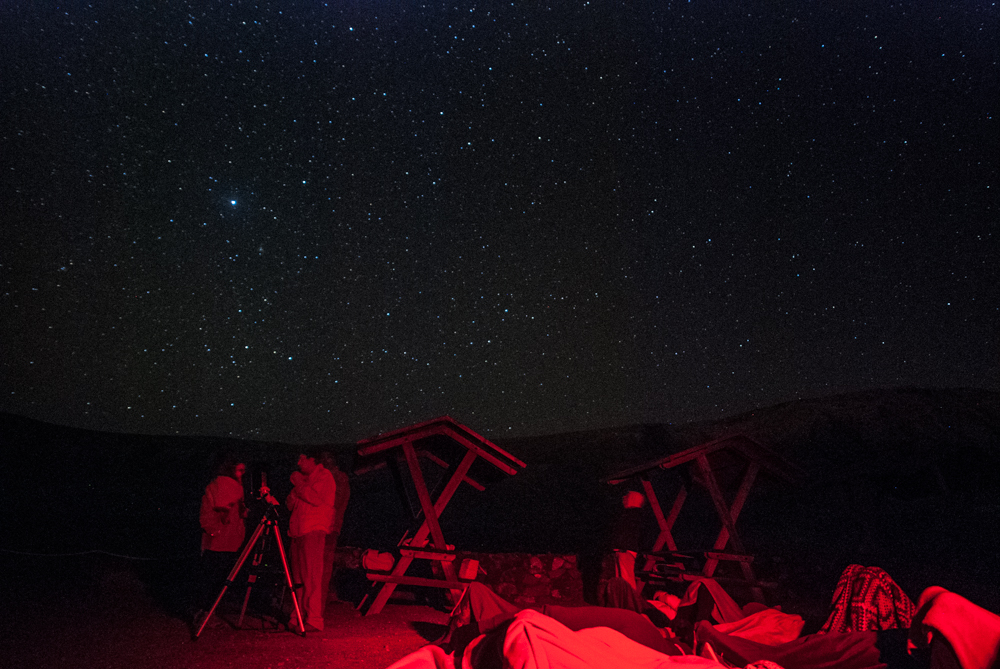Have you ever gazed at the inky expanse of a clear night sky and witnessed a fleeting streak of light, a "shooting star" gracefully slicing through the darkness? It's a magical moment, a reminder of the vast universe surrounding us. But what exactly are these celestial sparklers, and when's the best time to catch them? Meteors—those breathtaking "shooting stars"—are among the most accessible and awe-inspiring astronomical phenomena. Let's explore what they are, their origins, and why they illuminate the night.
Why Do Some Meteors Glow Different Colors?
As a meteoroid plunges into Earth's atmosphere at incredible speeds, friction with the air molecules generates intense heat. This heat causes the meteoroid to vaporize, and the atoms within it become excited. When these excited atoms return to their normal energy state, they emit light at specific wavelengths, which we perceive as different colors. Think of it like a cosmic fireworks display! The colour depends on two things:
1. Chemical Composition
When a meteoroid burns up, its minerals ionize the air, creating different hues:
Yellow/Orange - Sodium
Yellow: Can also be sodium, but sometimes iron.
Green - Magnesium, Nickel
Blue - Ionized Calcium
Red - Atmospheric Nitrogen & Oxygen
2. Speed & Temperature
Faster meteors (like those from the Perseid shower) burn hotter and often appear white or blue.
Slower meteors (like the Leonids) may glow red or orange.
What Is a Meteor?
A meteor, often called a shooting star or falling star, is the flash of light we see when a small piece of space debris (a meteoroid) burns up as it enters Earth's atmosphere due to friction.
Meteoroid: A tiny rock or dust particle floating in space (usually from comets or asteroids).
Meteor: The bright streak of light produced as the meteoroid vaporizes.
Meteorite: If a meteoroid survives its fiery descent and hits the ground, it earns this name.
Most meteors are caused by particles no larger than a grain of sand, yet they create dazzling displays as they disintegrate at speeds of 30,000 to 160,000 mph!
Earth’s Rotation & Orbit: Imagine Earth as a car driving through rain—the windshield (the side facing forward) catches more raindrops than the rear window.
Before Midnight: You’re on Earth’s "trailing" side, so only fast-moving meteors can catch up.
After Midnight: You’re on the "leading" side, plowing directly into space debris, resulting in more frequent and brighter meteors.
Fireballs & Bolides: When Meteors Put on a Show
While most shooting stars are caused by tiny dust grains, a more spectacular event occurs when a larger meteoroid, typically pebble-sized or bigger, slams into our atmosphere. The increased mass and speed generate significantly more energy, resulting in an ultra-bright fireball.Occasionally, a larger meteoroid (pebble-sized or bigger) enters the atmosphere, creating an ultra-bright fireball.
Fireball: A meteor brighter than Venus (can even cast shadows!).
Bolide: A fireball that explodes (sometimes with a sonic boom).
Busting the Myth: Shooting Stars Aren't Dying Stars
Shooting stars have nothing to do with actual stars. Stars are enormous, light-years away. What we see is a tiny particle, often no bigger than a grain of dust (called a meteoroid), burning up in our atmosphere due to friction.
Stars (like our Sun) are massive, distant balls of plasma.
Meteors are tiny space rocks burning up in our atmosphere—some as small as a grain of dust!
So, the next time you make a wish upon a shooting star, remember that you're wishing on a tiny speck of cosmic dust making its dramatic, albeit brief, entrance into our world.
PHOTO: Simon Waldram @fuerteshoot
Meteorites: When Space Rocks Reach Earth
Few meteoroids survive their plunge to Earth, but those that do become meteorites. There are three main types:
Stony (Chondrites) – Most common, made of silicate minerals.
Iron – Dense, metallic, often from asteroid cores.
Stony-Iron – A rare mix of both.
10 of the most famous meteorites in history, known for scientific importance, size, or dramatic falls:
Murchison Meteorite (Life’s Building Blocks)
Location: Victoria, Australia
Weight: ~100 kg
Fall: 1969
Type: CM2 Carbonaceous Chondrite
Key Discovery: Contains 70+ amino acids (some not found on Earth).
Sikhote-Alin Meteorite (Largest Iron Meteor Shower)
Location: Siberia, Russia
Weight: ~23 tons (scattered fragments)
Fall: Feb 12, 1947
Type: Iron (IIAB)
Impact: Created 122 craters (largest is 26m wide).
Canyon Diablo (Meteor Crater’s Origin)
Location: Arizona, USA
Weight: ~30 tons (fragments)
Impact: ~50,000 years ago
Type: Iron (IAB)
Legacy: Formed Barringer Crater (1.2 km wide).
Fukang Meteorite (Most Beautiful Pallasite)
Location: Xinjiang, China
Weight: ~1,003 kg
Found: 2000
Type: Pallasite (olivine crystals in iron-nickel)
Appearance: Looks like stained glass when sliced.
Nakhla Meteorite (The "Mars Meteorite")
Location: Egypt
Weight: ~10 kg
Fall: 1911 (hit a dog—allegedly!)
Type: Martian (Shergottite)
Importance: Proved Mars has water (contains hydrated minerals).
Hoba Meteorite (Largest Intact Meteorite)
Location: Namibia, Africa
Weight: ~60 tons (largest single meteorite on Earth)
Discovered: 1920
Type: Iron (84% Fe, 16% Ni)
Impact: Never moved—still in its original impact site!
Allende Meteorite (Most Studied Carbonaceous Chondrite)
Location: Chihuahua, Mexico
Weight: ~2 tons (fell as thousands of fragments)
Fall: 1969 (just before Apollo moon missions)
Type: CV3 Carbonaceous Chondrite
Importance: Contains pre-solar grains (older than the Sun!)
Chelyabinsk Meteorite (Most Dramatic Modern Impact)
Location: Chelyabinsk, Russia
Weight: ~1,400 kg (main fragment)
Fall: Feb 15, 2013 (exploded mid-air, injuring 1,500+)
Blast Force: ~30x Hiroshima nuke (non-nuclear)
Type: Ordinary Chondrite (LL5)
Famous For: Viral dashcam videos of the explosion.
Tunguska Event (Largest Meteor Airburst in History)
Location: Siberia, Russia
Estimated Size: ~50–100m wide (never found)
Event: June 30, 1908 (flattened 2,000 km² of forest)
Energy: ~10–15 megatons of TNT
Effect: Knocked people off feet 60 km away
Meteor Showers: Nature’s Fireworks Visible from Fuerteventura
1. Quadrantids
When: Late December – Early January (Peak: Jan 3–4)
Best Time: Pre-dawn hours
Rate: 60–120 meteors/hour (but brief peak)
Parent Body: Asteroid 2003 EH1
Notes: Fast, bright meteors; often has fireballs.
2. Lyrids
When: Mid-April (Peak: Apr 21–22)
Best Time: After midnight
Rate: 10–20 meteors/hour (sometimes outbursts)
Parent Body: Comet Thatcher (C/1861 G1)
Notes: Known for occasional bright fireballs.
3. Perseids (Best for Summer Viewing!)
When: Mid-July – Late August (Peak: Aug 12–13)
Best Time: Late night to dawn
Rate: 50–100 meteors/hour
Parent Body: Comet Swift-Tuttle
Notes: Bright, fast meteors; great for warm summer nights.
4. Orionids
When: October (Peak: Oct 20–21)
Best Time: After midnight
Rate: 10–20 meteors/hour
Parent Body: Halley’s Comet
Notes: Fast meteors, often leaves persistent trains.
5. Leonids
When: Mid-November (Peak: Nov 17–18)
Best Time: Late night to dawn
Rate: 10–15 meteors/hour (but can have storms every ~33 years)
Parent Body: Comet Tempel-Tuttle
Notes: Famous for historic meteor storms (next big one ~2033).
6. Geminids (Best of the Year!)
When: Early–Mid December (Peak: Dec 13–14)
Best Time: After 10 PM
Rate: 100–150 meteors/hour
Parent Body: Asteroid 3200 Phaethon
Notes: Bright, slow meteors; one of the most reliable showers.
Meteor showers are one of nature’s most magical displays—reminding us that the universe is alive with wonder, even in our own cosmic backyard. Whether you’re a seasoned stargazer or a first-time observer, there’s nothing quite like the thrill of spotting a shooting star streak across the night sky.



























